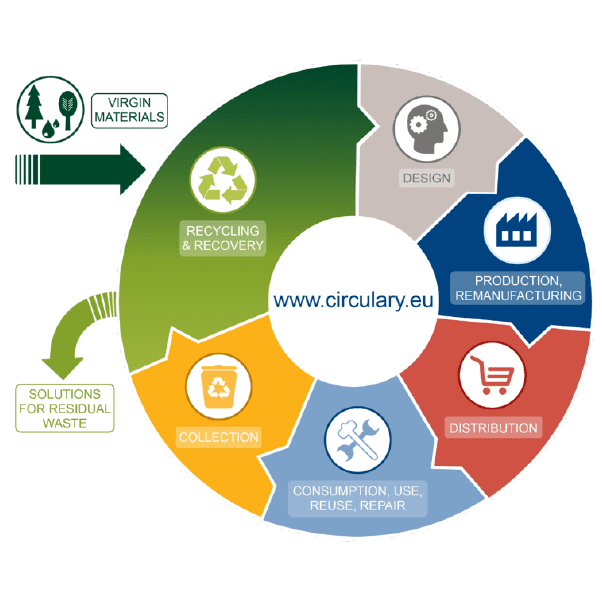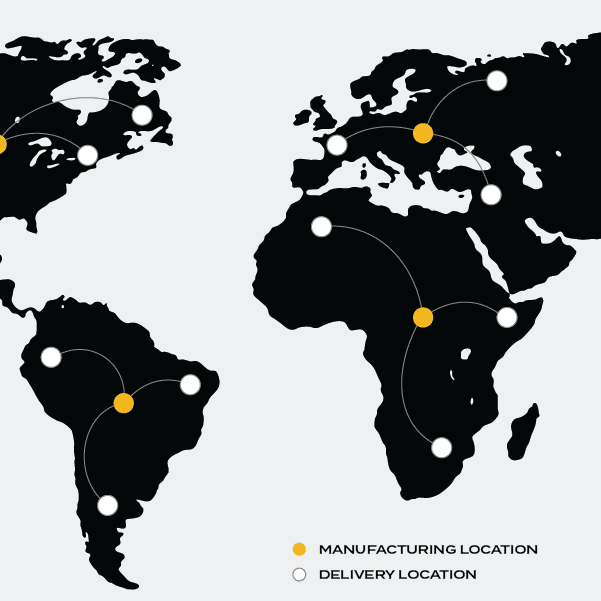Unfortunately, CO2 emissions continue to rise at a time when they should be rapidly falling. The top offending sectors in order of emitting the highest volumes of CO2 are; Transportation, Electricity & Heat Production, Buildings, Manufacturing and Construction (1). The evidence of the damage of climate change caused by CO2 emissions is evident by what is occurring in the world today; rising sea levels, more frequent/extreme weather, warming oceans, biodiversity loss, species extinction, and ecosystems collapse. Each of these is having an ever-increasing detrimental effect on our economies and lives.
However, it is not all doom and gloom! There is a clear global drive to becoming as carbon neutral as possible from members of the public, industry, and governments alike, and rightly so. In fact, increased public interest and awareness on the effects of climate change have pushed businesses and governments to rethink how they do business. A 2018 Nielsen survey showed that consumers are demanding the businesses they spend their money actively support improving the environment (2). As a result of all of this, numerous climate action initiatives and businesses, both small and large, are combining efforts to bring about a safer future for everyone.
It is easy to think that minimizing your carbon footprint as a business sounds like too much of a transformation. Using up too much of your already stretched resources including money and manpower. Well, actually this is not the case, in fact there are many benefits to your business as well becoming a more responsible corporate citizen. The following are steps you can take to minimizing your carbon footprint and as a consequence the direct benefits to your business.
Steps Your Business Can Take
- Switch to renewable energy where you can although there might be upfront costs the savings in the medium to long term far outweigh the initial costs
- Identify points in your business where there is waste and reduce it
- Digitize your operations like reduce or eliminate the use of paper
- Recycle or reuse Materials
- Design your new products for Circularity
- Product end of life programs where you can encourage your customers to bring products for material reuse when they are done with them
- Work commutes initiatives where you can incentivize cycle to work or employee carpooling
- Adopt Industry 4.0 making all of your operations more efficient
- Remote working days for employees
- Adopt additive manufacturing when producing products and components
- Apply LEAN practices across your business processes and operations
- Adopt nearshore manufacturing
- Adopt distributed manufacturing
Benefits of Minimizing CO2
- Reduction in operational costs
- Reduction in energy use and costs
- Enhance your reputation
- Shorter lead in times
- A shorter and a more adaptive and resilient supply chain
- Greater efficiency across all operations
- Improve staff morale
- Reduction in waste disposal costs
- Reduction in the need for material procurement
- Reduction in transport costs
- Contributing to the global action in combatting climate change
Credits
- 4 Charts Explaining Greenhouse Gas Emissions by Sector, World Resources Institute, 2020
- Global Consumers Seek Companies That Care About Environmental Issue, Nielsen, 2018



